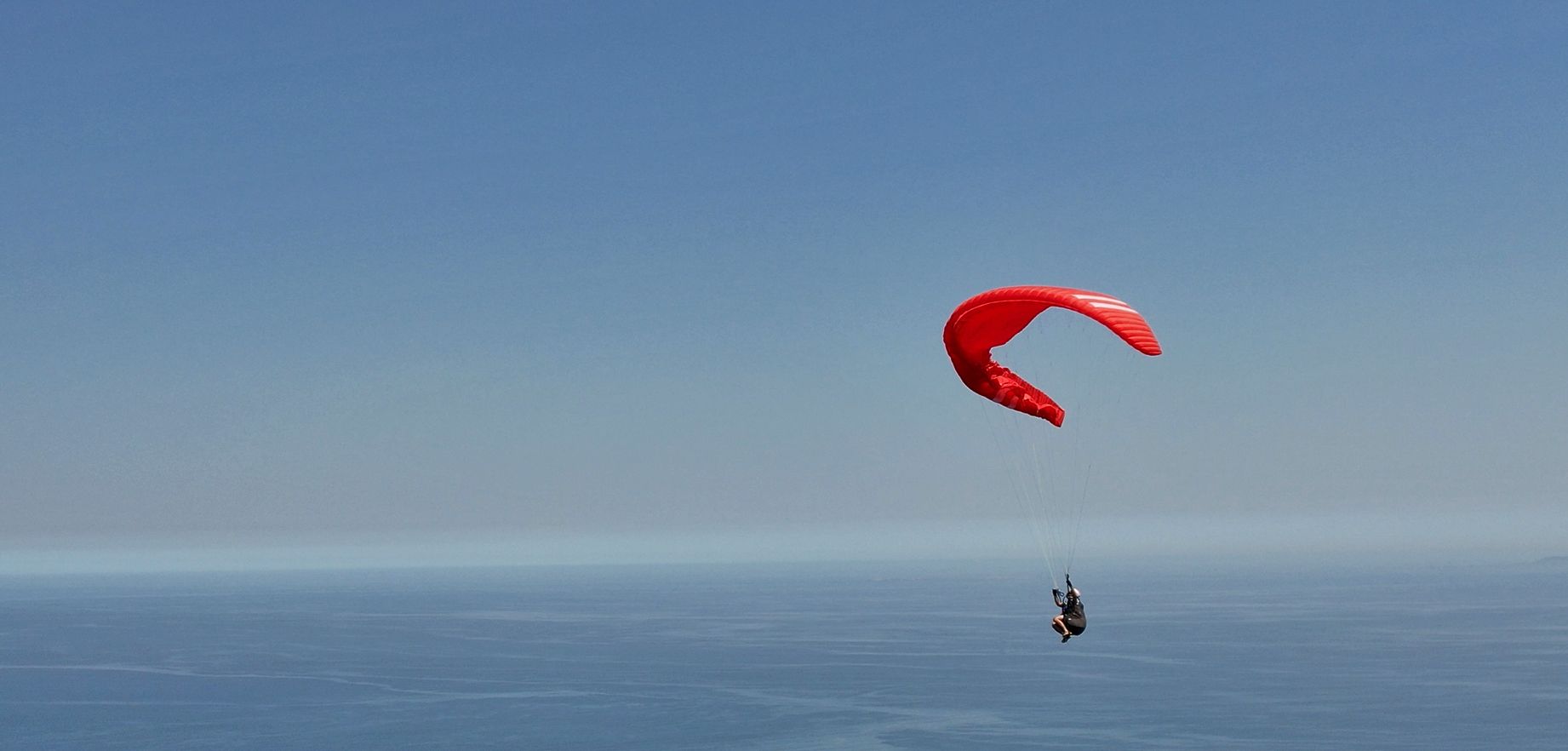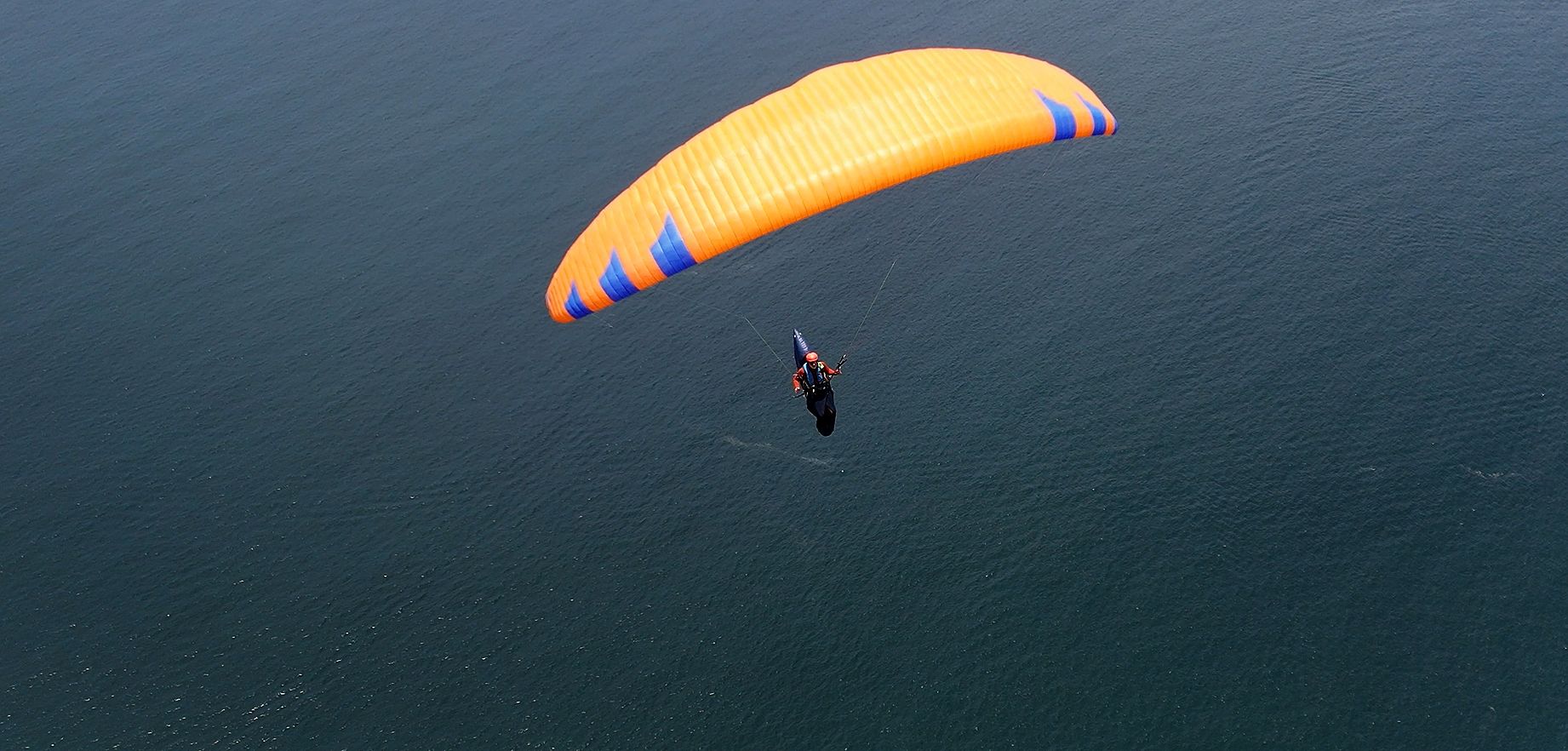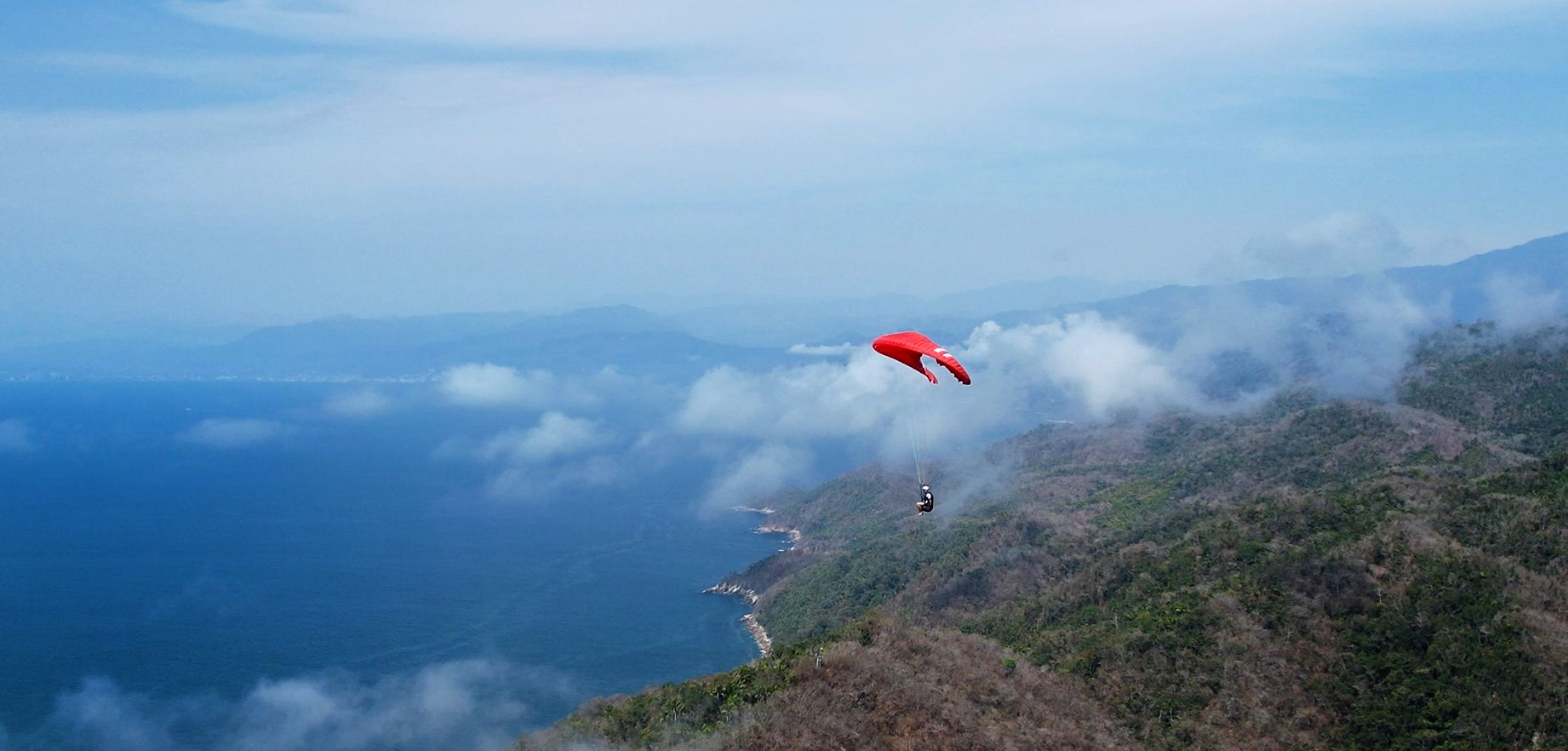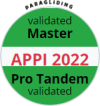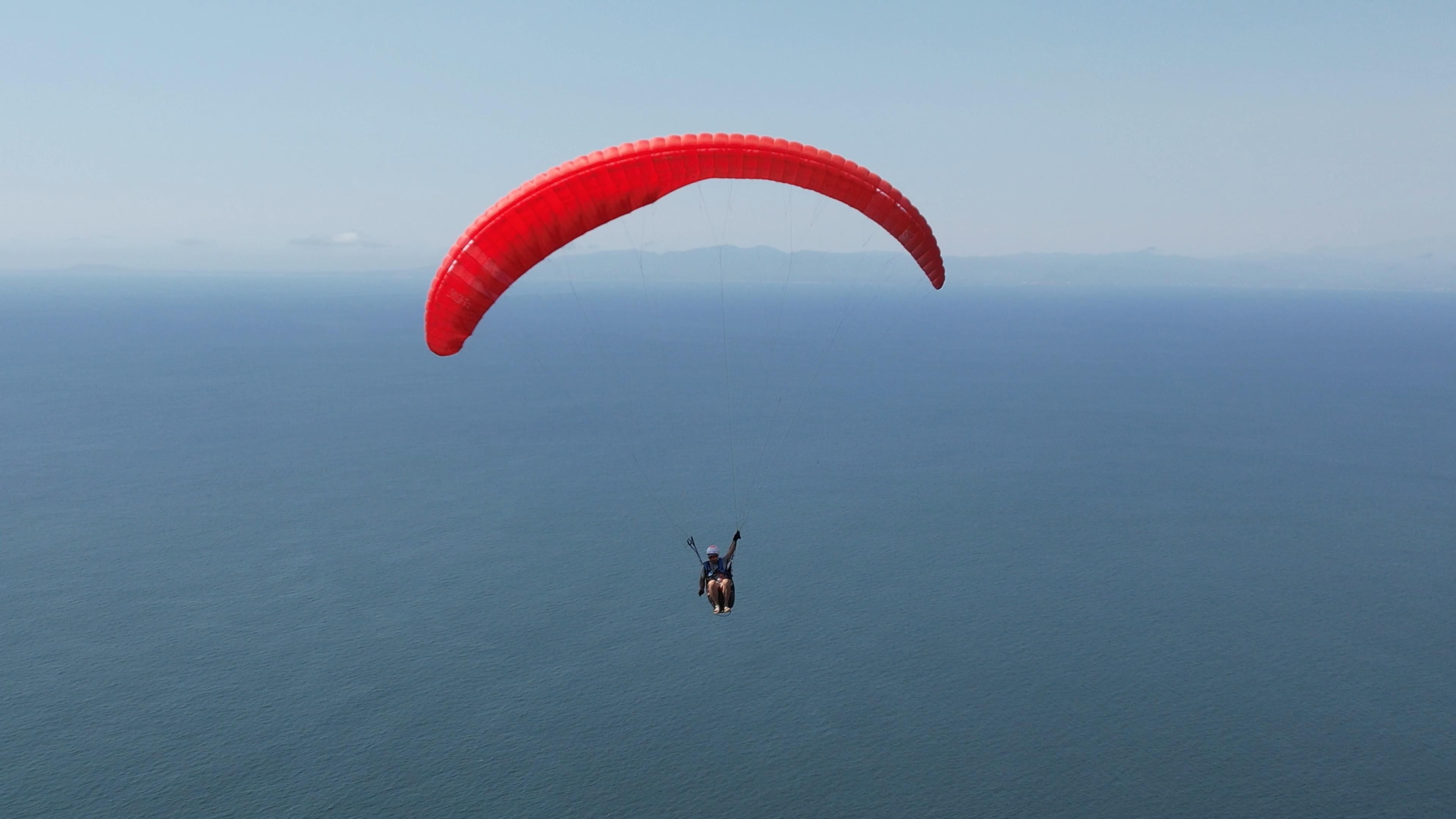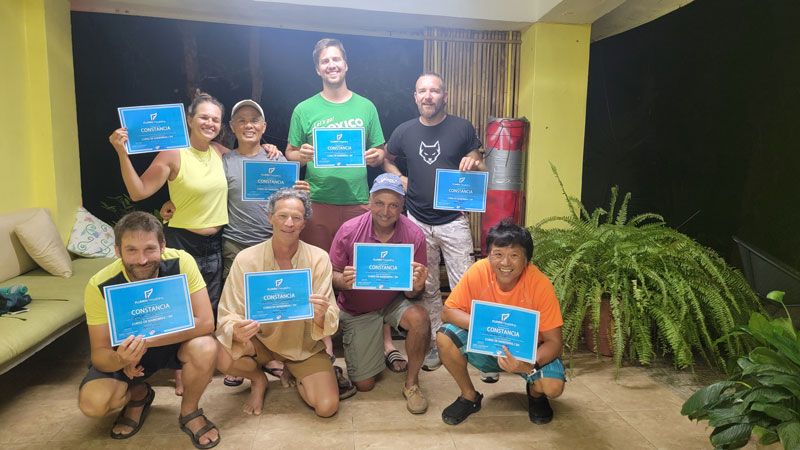SIV Clinics
Amazing place, amazing instructors, amazing food. The experience of doing SIV in Yelapa is just incredible. You will go home happier than ever!
And we do 4K DRONE FOOTAGE!
SIV courses - SIV Clinics
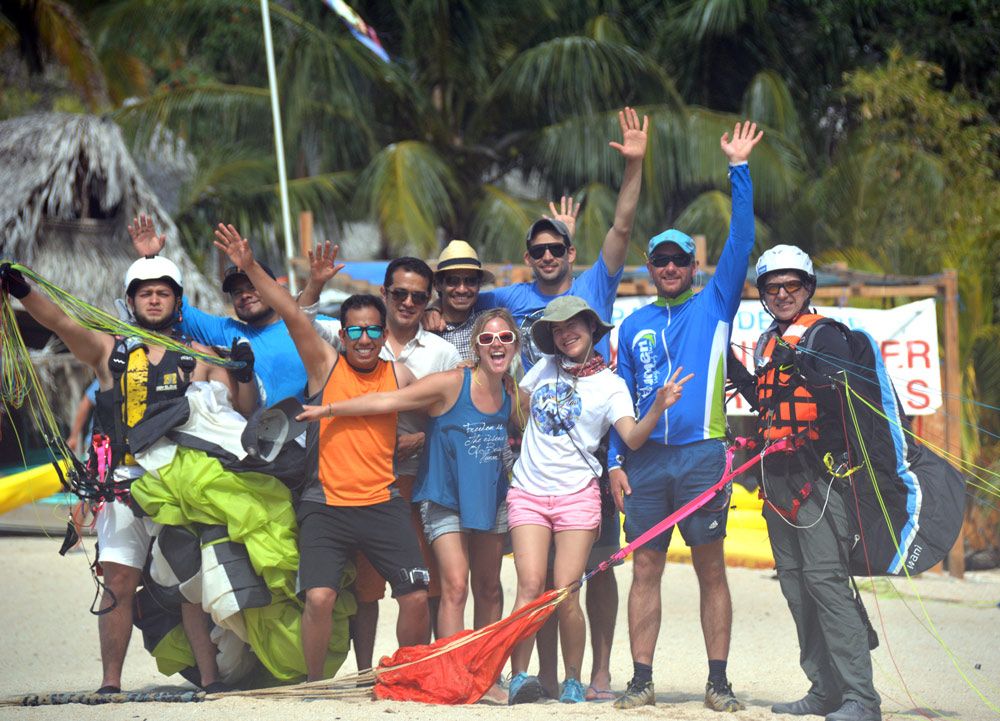
You need an SIV
The most important course for flying safely! This SIV course (SIV CLINIC) is therefore designed to teach you to master your glider in all critical situations that you can experience.
And this course is done in Yelapa, a paradise beach on the Pacific coast.
What to expect to master
- Full wing control in any situation
- Understanding the importance of stress control
- Towing technique
- Reserve parachute throw techniques
- Paraglider design limits
- All the SIV manouvers that you can autonomously
- Packing and storing reserve (optional)
SIV courses - SIV Clinics - Yelapa, Mexico
(APPI SIV Certified instructor)
Our courses are high level with a focus on active pedagogy and autonomy. You will learn as much as you can during the course. We offer double than our competition.
As a general recommendation, you should take an SIV course before you put yourself in any potentially unsafe situations, such as flying in strong thermal conditions without a proper theoretical and practical background. We recommend the SIV course for all those pilots who are jumping up to the higher-class gliders or getting their first EN-B wings.
The course includes
-
An active pedagogy APPI paragliding course
with a fluent English.
-
Experienced instructor and assistants
-
10 hours of flight theory and post-flight sessions
(Towing, Safety, Equipment, Aerodynamics, Paragliding technique of flight and manouvers Dangerous Situations, Analysis)
-
5 days of manouvers under a supervision
2 tows per day
-
Simulator
-
Printed training material
-
Certification ADVANCED SIV APPI Rating
International paragliding rating.
-
Videos of the manouvers
Static ground 300mm camera plus the drone footage
-
We provide
Self inflatable lifejackets, towing bridles, and waterproof radios
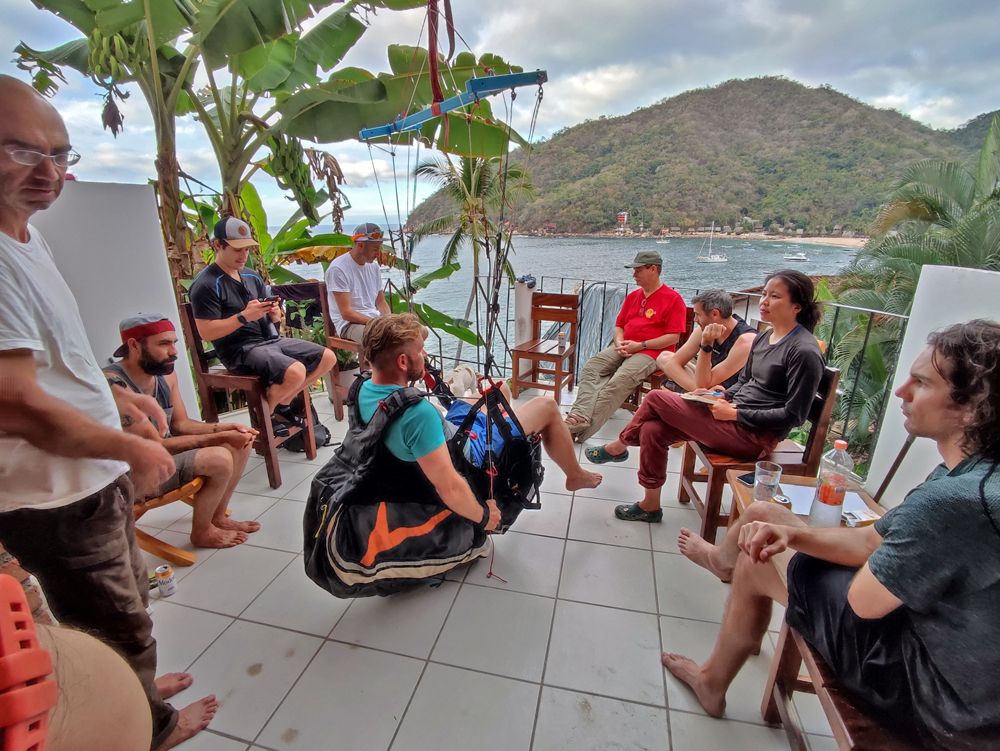
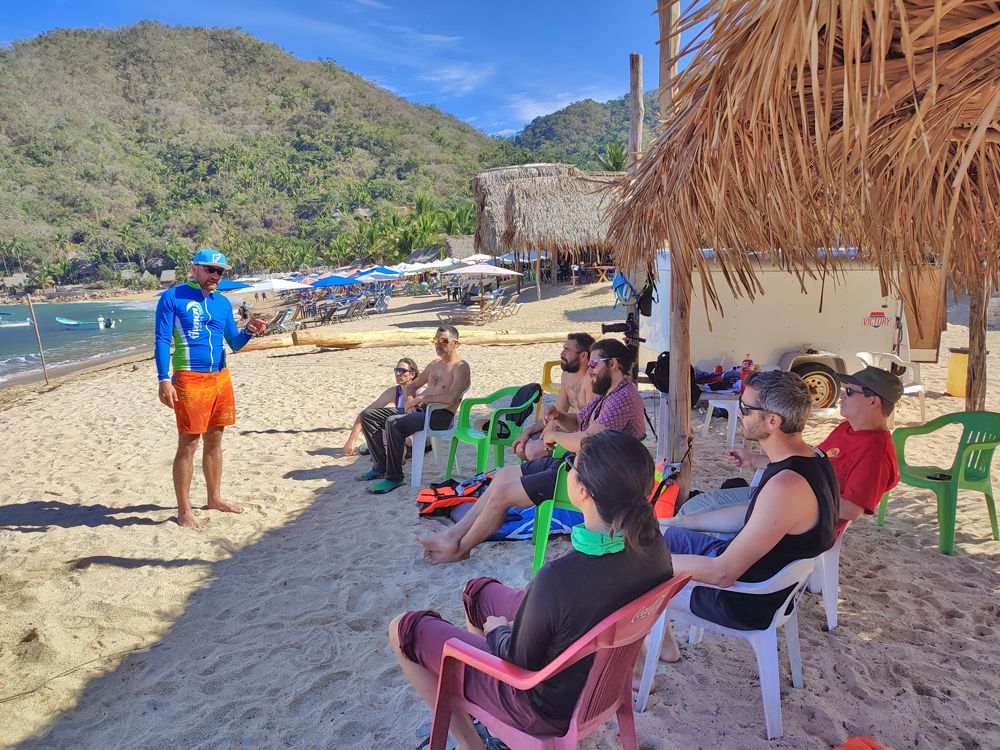
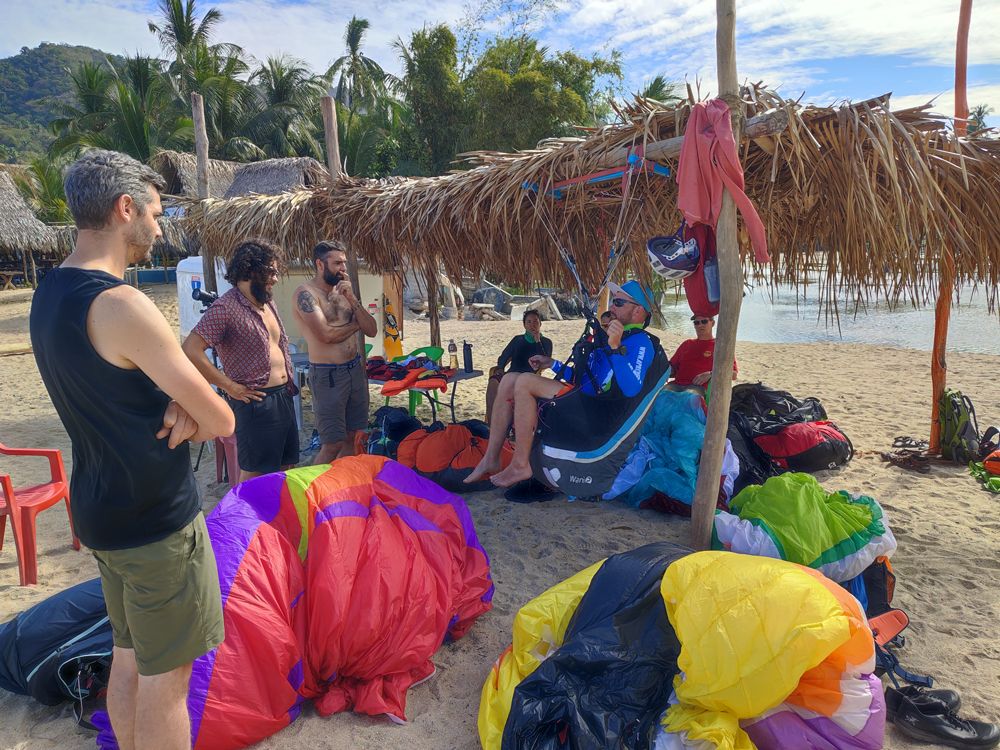
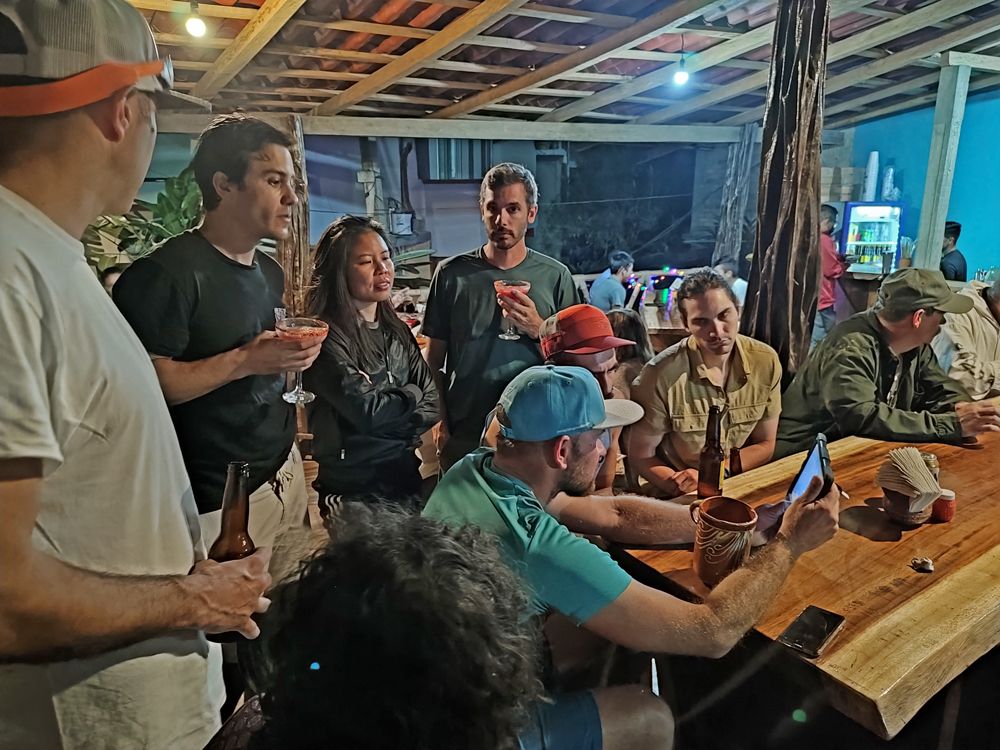
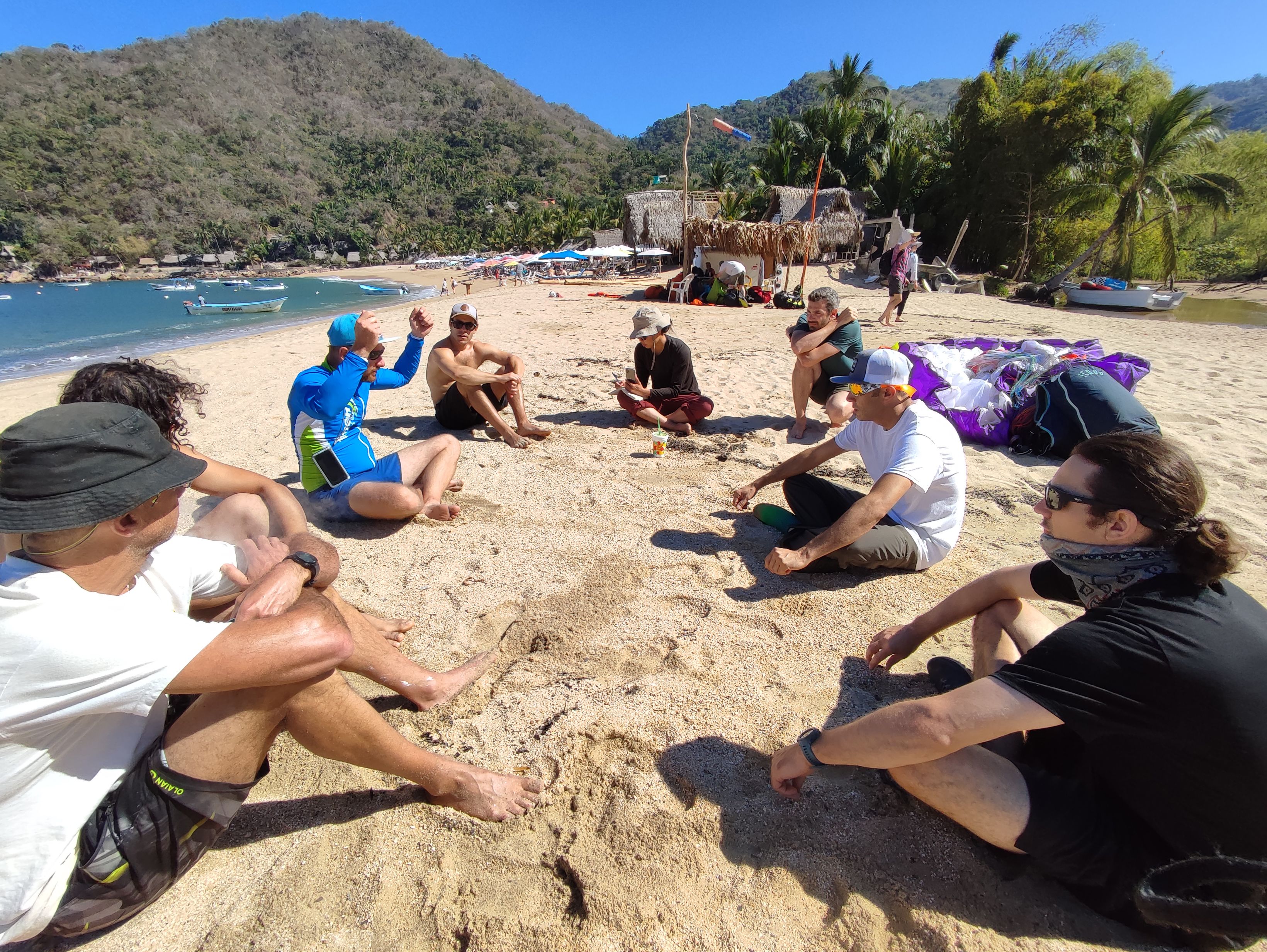
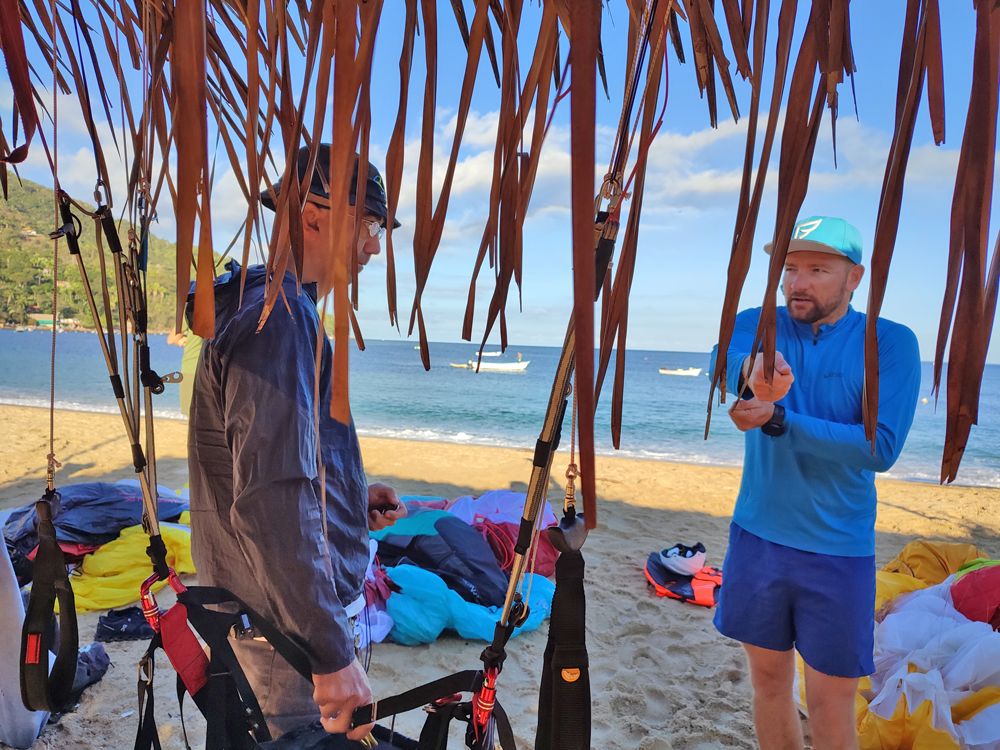
Master 'N Chief Instructor
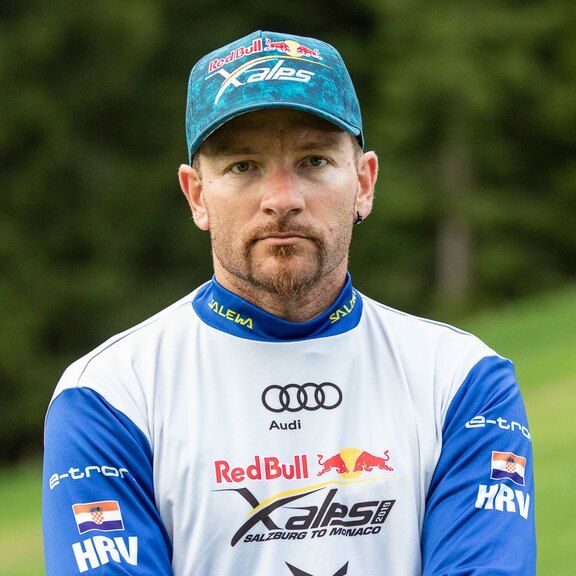
School owner
"Dedication, professionalism, competence, passion, knowledge, progress, guidance, safety, and fun is my motto when I teach you how to fly. Our happy students are our best advertising."
Marko Hrgetic, APPI Master instructor #14372
SIV and XC Certified APPI instructor
APPI Pedagogical comity
APPI Representative Mexico
X-Alps 2019 Athlete
More than 1000 students in the various courses.
15 years of experience
Maneuvers you will master
-
Pitch control
Dolphins, dynamic exit control
-
Roll control
-
B-Stall
For the first-timers
-
Big Big Ears
-
Asymmetrical collapses
-
Control of direction / counter steering / cravats management
-
SAT Auto rotation and exit
-
Frontal collapses
-
Spiral control
dynamic and smooth exit
-
Flying with D (or C ) on accelerated flight
-
Twisting
-
Stall point
Search the stall point and how to recover
-
Back fly
Master back fly
-
Full stall
-
Spinning and yaw control
Fast and hard spin excercises
Upcoming SIV Clinics
No events found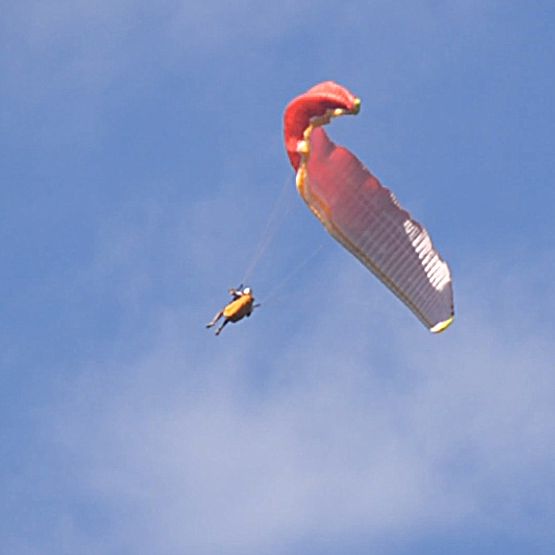
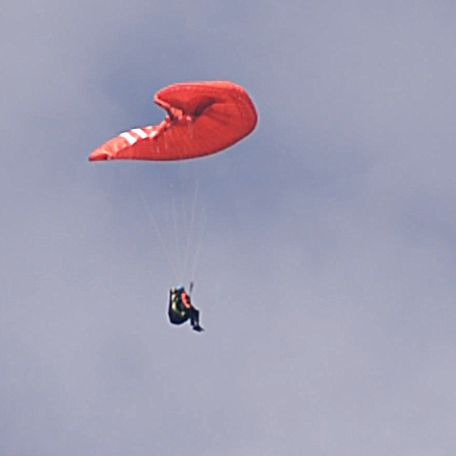
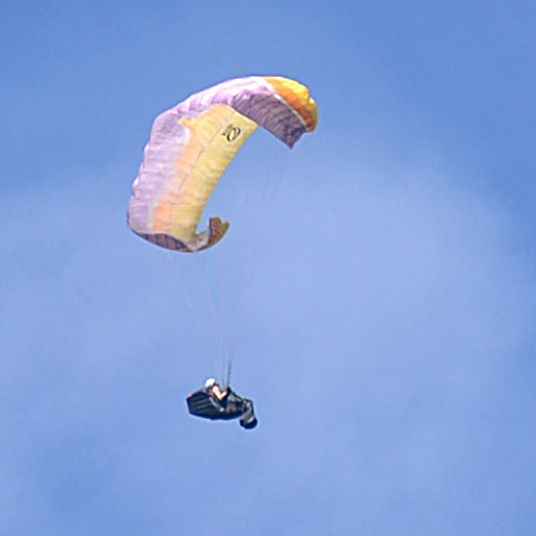
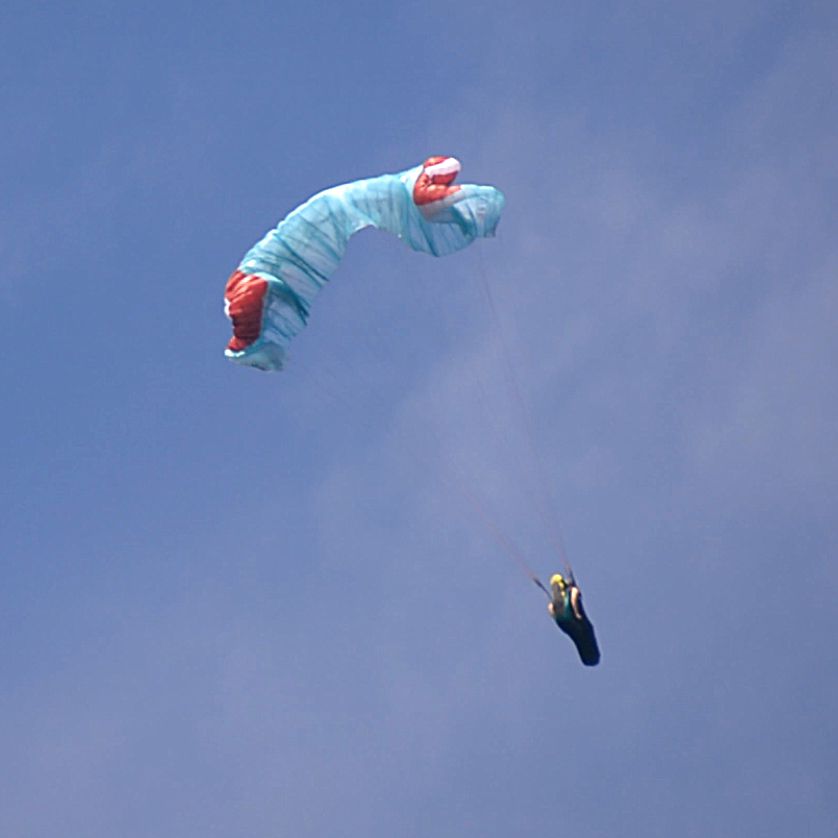
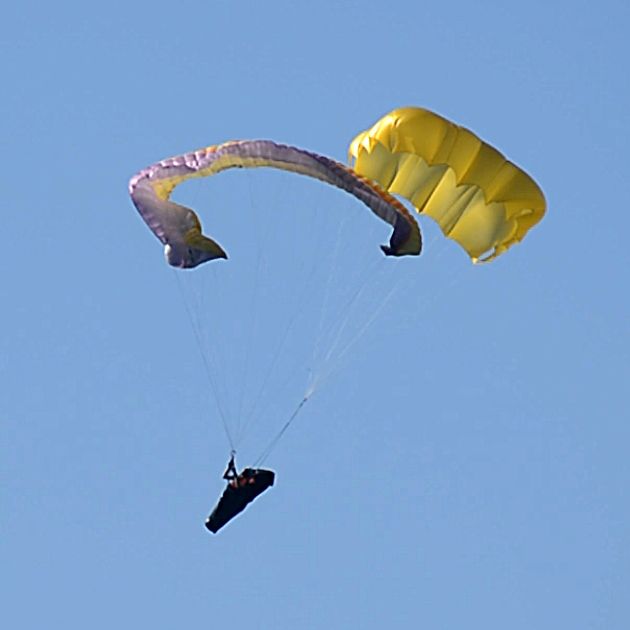

Daily schedule:
First day
10:00 AM 17:00 - theory and equipment check with a lunch break. !!!THIS IS SUPER IMPORTANT!!!
A place to be defined.
Second to last day
9:00 briefing and preparation
11:00 - 16:00 flights 17:00 - 19:00 theory and break down
The course does not include
-
Accommodation
But we can help you find something that fits your needs.
-
Insurance
Our courses are done with the highest focus on safety, but if you want to come insured, you are welcome.
-
Food and drinks
Cost 2024: US$1200-1400
We charge in mexican peso the ammount of MX$22,000.00 if you want full drone footage.
FAQ
- Own equipment: certified glider within flight weight range, certified harness, proper reserve, helmet
- Finished A3 course or equivalent
- Required airtime / to be able to launch and land alone
- Knowledge of A3 theory
It is one of the most important or the most important course for your flying safety. You learn to control your paraglider in all kinds of critical situations and learn to control and feel the energy of the paraglider. It is also a mandatory course for all advanced pilots or pilots that want to fly tandems or to become an instructor.
- After you know to take off and land safely you should be doing a basic SIV course (SIV Clinic)
- When you want to prepare yourself for flying in rough conditions
- When you change your glider to a higher level
- When you have not done it in a long time
- When you feel insecure about your flying skills and equipment
- We recommend the SIV course (SIV Clinic) once per year
- When you think that you need it
- Pilots that know how to take off and land for basic SIV course (SIV Clinic)
- Pilots that have 20 h of flight time for the advanced course
- For pilots flying EN-B or higher
- Pilots flying tandem
- Basic SIV if you are low time pilot and it is your first time to make collapses
- Advanced SIV for pilots with more than 30 hours of flight time
- Tandem SIV for commercial pilots flying XC
- SIV for Competition pilots flying high-end paragliders
- We do tow there so you are getting really good altitude to do the maneuvers
- It’s easy and fast, no waste of time climbing up the mountain
- Good speed boat to get you out of the water
- Freshwater reservoir to clean your equipment
- Because it’s a piece of heaven on Earth
- High level of experience in ACTIVE pedagogy
- Marko Hrgetic is the only APPI-certified SIV instructor in Mexico and North America currently
- Professional approach
- APPI SIV Clinic certificate
- Drone footage
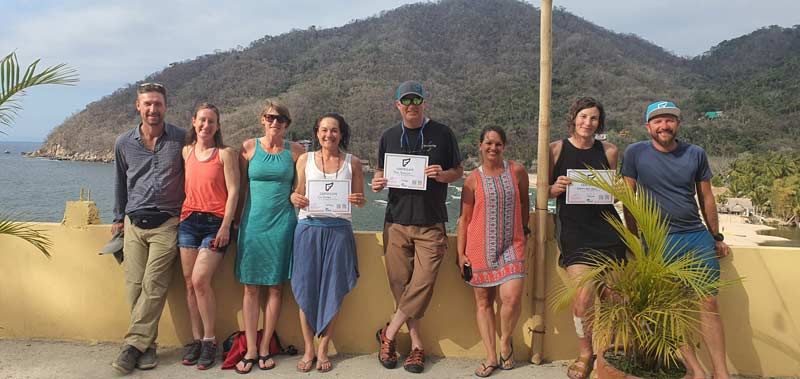

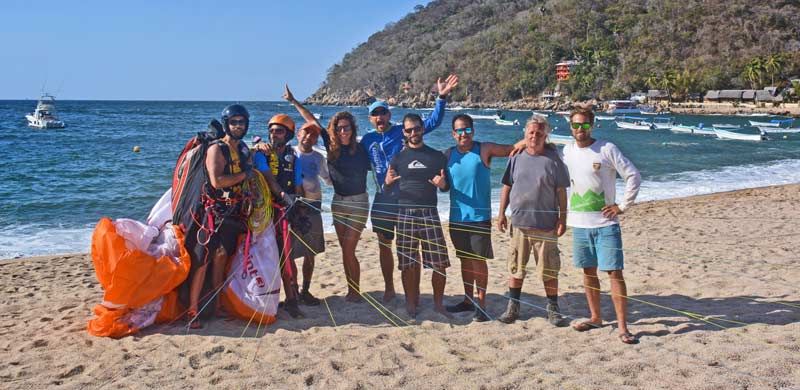
For a first-timer, an SIV clinic is an exercise in adrenaline management! The great preparation we received from Marko and Olivier in our ground school and daily briefs/debriefs along with Marko's always calm voice on the radio really helped keep the adrenaline from getting overwhelming. Goals were clearly established, and study material went over and demonstrated. Errors were explained and corrections were solution-oriented. Besides all that, Yelapa is just a great place to hang out for a week. (or more!)
Thank you Marko and Olivier for making me a better and more confident pilot. I'll be back for more!
Randy. Victoria, BC.
I think that an SIV course is basic when someone opts for a more advanced wing in order to know the reactions of the paraglider and be prepared for a real situation. FLUMEN structures the course with a progression that helps the Pilot execute the maneuvers starting from the simplest to the most advanced. The theory on the ground before each session is explained in a professional and didactic way to the point that it is unlikely that the student will not perform the maneuvers successfully.
Diego
Tips & Resources
Good to know
No cars in Yelapa. The streets are really narrow and no cars can reach the village. So it’s quite quiet. You move on foot around. Internet is not the fastest so forget to watch Netflix, anyways would be a waste of time. Yelapa is a bit hippy place with a very relaxed atmosphere.
Wildlife is really great in Yelapa and you will see parrots flying, coatis running around, whales, manta rays, and really a lot of marine life.
Beach has no strong or big waves so it’s cool for swimming and come with the family.
What to bring
Headlamp! CASH! No ATMs.
Snorkeling gear I would recommend if you stay a couple of days. Fishing equipment if you like to fish.
A quick sack paragliding bag can be useful.
How to get to Yelapa
To get to Yelapa first you need to get to Puerto Vallarta. You can get there by bus if you are close by but normally you will have to come by air landing at PVR. Puerto Vallarta is a famous tourist destination so there are plentiful airlines that fly there and also low-cost airlines for domestic flights.
From the airport, you can take a local taxi or a bus but I would recommend for the first time to take the Airport Taxi (UBER also). You should get either to the peer “Muelle de Los Muertos” that will take you 45 minutes or to the village of Boca de Tomatlan which will take you an hour and a quarter. The difference is in the schedule of the boats that leave for Yelapa. YES, THE ONLY WAY to get to YELAPA is by boat. The boats from Boca de Tomatlan leave earlier and more frequently and also the last one to leave Yelapa is to Boca. The trip with the boat from Muelle de Los Muertos lasts 50-60 minutes while from Boca is half an hour.
Paragliding in Yelapa
Apart of towing, there are two paraglider takeoffs in Yelapa. The first one Tapita has an altitude of 200m ASL facing NW and it is 20-30-minute walk from the beach. It is a soaring site that needs some wind to keep you in the air. Takeoff is nice and big. You land at the beach.
The other takeoff Yelapa Tapa (not open currently) has an altitude of 700 m ASL facing NE and it’s a thermic site. It's short and not very steep in the first part so be sure what you are doing as the jungle below is dense. Normally we takeoff there around 11-12 when there is enough thermic activity. Be aware that the predominant South wind will enter around 12AM-1PM so takeoff before that happens. On a nice day you can get 300m above launch, maybe even more and you can land on some other beach and not Yelapa. To get to the takeoff you can either hike (90min easy but WARM) or get a ride on ATV from the villagers.
From October to January the winds are low and soaring is hard. February to May are great for soaring. The rest of the year I am not sure but the summer is very humid and rainy. Also, late spring and autumn are hurricane seasons so avoid those months.
Join hundreds of our happy students,
and sign up to our next course.
This email address is being protected from spambots. You need JavaScript enabled to view it.
and sign up to our next course.
